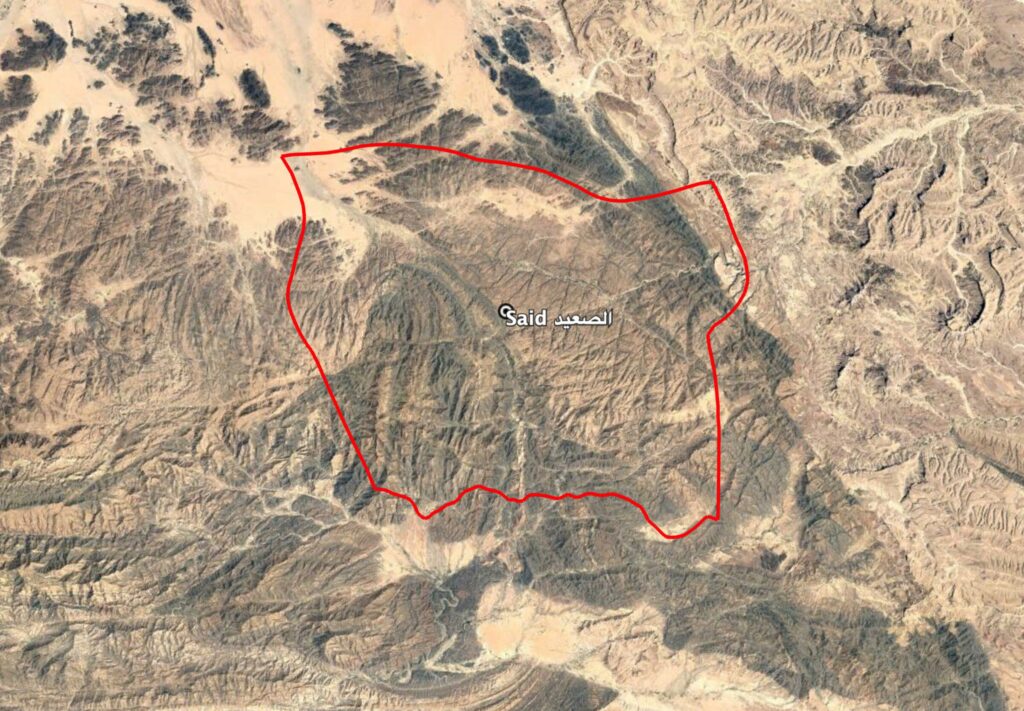Incident Code
Incident Date
Location
Geolocation
Geolocation
Airwars Assessment
(Previous Incident Code: YEMT034)
Multiple sources reported that, at dawn on March 4th 2017, one or more US strikes targeted alleged AQAP militants in the Said district, Shabwa governorate. Some reports indicated that the strikes killed or wounded AQAP members.
According to several social media sources, a US drone strike targeted a car carrying suspected AQAP militants in the Said district early on Saturday March 4th. Akhbar al-Youm further reported that, according to local sources, the car was transporting wounded AQAP members out of the area, leading Airwars to assess that a minimum of two reported person hors de combat were killed.
Yemenat reported, on March 5th, that American drones had bombed the Said area “heavily” at dawn on March 4th. In addition, according to tribal sources and residents spoken with by Reuters, another US drone strike took place in the Said area, targeting “a crowd of suspected al Qaeda militants” on March 4th, though this strike did not result in any reported casualties.
Sources also reported that Abdullah al-Fadhli, the son of Abyan Sheikh Tariq al-Fadhli, was killed by a US drone strike in Shabwa province at dawn on March 4th. Some sources further indicated that Abdullah was killed alongside an unknown number of “companions”. One source, @m_audin, indicated that Abdullah was killed by a drone strike in the Yashbum area of Said district. Given this, and given that no other known strikes were reported in Shabwa at dawn on March 4th, it appears likely that al-Fadhli was killed in US strikes in Said.
Several sources reported that Abdullah’s brother, Muhammed al-Fadhli, announced, via Facebook, Abdullah’s death at dawn in Shabwa. As such, Airwars’ assessment counts at least one reported belligerent casualty, with a maximum of three, inclusive of at least two “companions”.
Some social media sources explicitly identified Abdullah as an AQAP member, and several sources alleged that his father Tariq al-Fadhli was an AQAP leader or militant, though other sources variously described him as a “mercenary”, a “tribal sheikh”, and a “former leader” in AQAP. According to Shafi Jarrouh News, Abdullah was released from prison in Sana’a in April 2016, after spending two years held on charges of terrorism.
This reported strike took place amid a dramatic intensification of US operations against AQAP in March 2017. A US military intelligence source told NBC News that the strikes beginning March 2nd were “part of ‘new directives’ to aggressively pursue the Dhahab and Qayfa clans”.
Key Information
Geolocation Notes
Reports of the incident mention the district of Said (الصعيد), for which the coordinates are: 14.299611, 46.859139. Due to limited satellite imagery and information available to Airwars, we were unable to verify the location further.

Reports of the incident mention the district of Said (الصعيد).
Imagery: Google Earth
